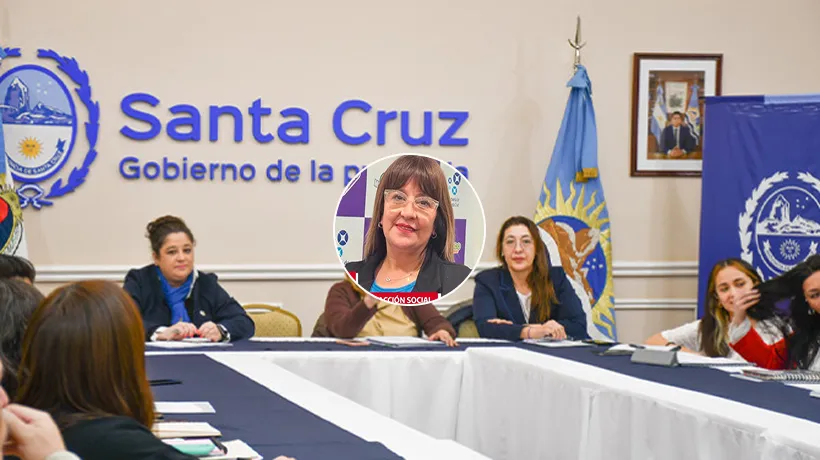The Santa Cruz Lottery signed a fresh agreement with the Association of Interior Football of the Province of Santa Cruz last week. Claudia Pavez leads the lottery. Martín Cortés heads the football association.
They formalised the deal with Ezequiel Artieda present. He’s the Secretary of State for Sports and Recreation. The signing marks another year of backing for local clubs.
Santa Cruz isn’t working alone here. The Chaco Lottery recently made similar moves across Argentina. Lucas Apud Masím runs that operation.
Why Provincial Lotteries Fund Neighbourhood Sports
These programs target areas where funding gaps hurt local clubs most. Equipment costs pile up. Referee fees drain budgets. Small neighbourhood teams can’t always cover basics.
The Santa Cruz deal specifically supports youth programs and inclusion efforts. That matters in a province where sports options vary widely by location. Interior communities often lack resources that bigger cities take for granted.
Chaco’s recent agreement with Sportivo Charata Civil Association shows the practical side. They’re funding perimeter fencing for a facility that serves 160 football players across all age groups. (Basic infrastructure like fencing might seem minor, but it’s essential for safety and proper training.)
What the Partnership Actually Delivers
The lottery provides sports equipment directly to clubs. Referees get paid through the program too. That’s huge for smaller leagues where officiating costs can kill a season.
Chaco Lottery also signed with the Águilas Rugby Club women’s team. They delivered new equipment there as part of their sports commitment.
This isn’t symbolic support. It’s gear showing up at practice fields. It’s refs who can actually work games because someone’s covering their fees.
The Santa Cruz agreement adds to contributions the lottery already makes to the league. Multiple programs run simultaneously. Different clubs benefit from different support types.
How the Lottery-to-Sports Model Works
Argentine provincial lotteries channel revenue toward community development. Sports programs get a dedicated slice. The model lets operators support athletics without creating new government bureaucracy.
Apud Masím said infrastructure improvements align with board directives. They’re working with provincial government policies but maintaining operational independence. That setup gives them flexibility.
Neighbourhood clubs and associations get resources they couldn’t secure otherwise. The lottery model spreads support across regions. Interior communities benefit alongside urban centres.
The approach doesn’t replace government sports funding. But it supplements what’s available and fills specific gaps. Santa Cruz and Chaco both demonstrate how lottery revenue can strengthen grassroots athletics when channelled strategically.







